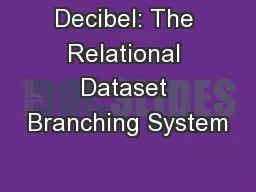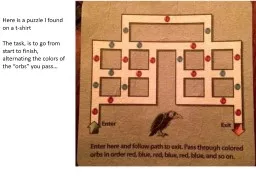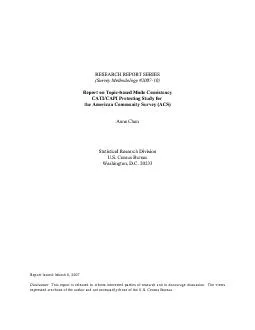PPT-Branching Programs Part 3
Author : sherrill-nordquist | Published Date : 2018-02-27
Paul Beame University of Washington Outline Branching program basics Space size lower bounds Multioutput functions TimeSpace tradeoff lower bounds for general BPs
Presentation Embed Code
Download Presentation
Download Presentation The PPT/PDF document "Branching Programs Part 3" is the property of its rightful owner. Permission is granted to download and print the materials on this website for personal, non-commercial use only, and to display it on your personal computer provided you do not modify the materials and that you retain all copyright notices contained in the materials. By downloading content from our website, you accept the terms of this agreement.
Branching Programs Part 3: Transcript
Download Rules Of Document
"Branching Programs Part 3"The content belongs to its owner. You may download and print it for personal use, without modification, and keep all copyright notices. By downloading, you agree to these terms.
Related Documents














